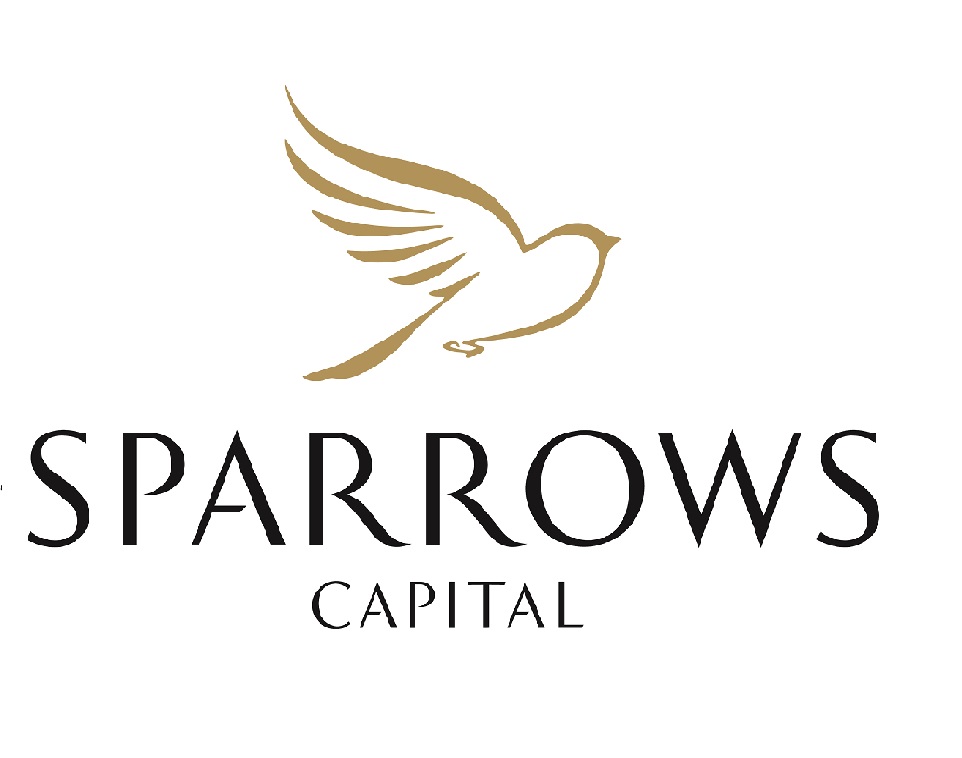Choice is fundamental to active management, however, the paradox is that it is the very thing that seems to detract from its performance.
Many critiques of active managers focus on their frequent inability to decrease risk in their funds at the right time.
But recent data from SPIVA – S&P’s scorecard for US-based active managers – reaffirms that many don’t make the right choice when it comes to deciding when to dip their toe back in the water either.
Last year was a ‘good’ year for active managers across the pond, with nearly half (49%) of US large-cap fund managers beating the index. But one swallow does not a summer make.
A closer look into how active managers performed during 2022 shows that even when alpha opportunities abound – as they did last year – knowing when to strike – most importantly when to de-risk and when to re-risk – is vital.
Decision fatigue
Last year was the best for active US large-cap managers in more than a decade, according to SPIVA.
But, crucially, the longer-term data shows that less than 7% of US active equity funds have beaten the market over that same decade.
Active managers have to make judgement calls about how long they persist with their strategy when it is not working. Balanced against this is the requirement to protect client capital.
This involves the alchemy of predicting when markets will fall – and therefore when to sell – followed by the even more difficult task of deciding how far and for how long - picking when exactly to buy again, avoiding so-called ‘dead-cat bounces’.
Making these choices is exceptionally difficult without the benefit of 20-20 hindsight, and almost no one can do so with any long-term consistency.
The lack of such decisions within passive or rules-based strategies is, therefore, more often a blessing rather than a curse, no matter the skill or experience level of an active manager.
Peeling back the layers
Just like an onion, there are different layers of active management, but each one can draw a tear.
Everyone within each layer of expertise – individual investors, wealth managers, fund managers and even investment consultants – inevitably makes decisions which are unconsciously influenced by behavioural bias.
In addition to the fund level underperformance evidenced by SPIVA, 2016 research by Hsu, Myers and Whitby shows that underlying investors’ dollar-weighted returns underperform fund returns by between 1.3% and 3.2% per annum.
That conclusion is further supported by Dalbar’s 2021 Quantitative Analysis of Investor Behaviour, which concludes that the average equity fund investor underperformed the stock market by almost 1.5% per annum over 20 years to 2020.
At the adviser level, Foerster, Linnainmaa and Previtero found in 2015 that the average advised dollar earned negative alpha after costs (i.e. underperformed the market) by between 2.45% and 3.34% per annum.
The University of Oxford Saïd Business School’s Tim Jenkinson, who wrote Picking Winners? Investment Consultants’ Recommendations of Fund Managers with Howard Jones and Jose Vicente Martinez, further questioned the value of searching for outperformance.
Essentially, no matter where you look, wherever there is active intervention, there is usually value loss.
This does not mean an active manager cannot outperform their benchmark or peer group – it is just extremely difficult to do so, and the task is only getting harder.
Opportunity cost
The challenge is perfectly summed up by the fallout from 2022.
A review of industry performance through the lens of managed portfolio indices (MPI) and the ARC Indices shows that wealth managers held their nerve and performed broadly in line with markets as they fell during the first nine months of the year.
But underperformance in the last quarter – a failure to capture the market rebound – suggests that many of them capitulated and de-risked during the September market turmoil.
Such intervention, no matter how well-intentioned, so often ends up eroding value in the clear light of day.
The underlying reality was identified by William Sharpe over thirty years ago: "Active investors (as a group) and each passive investor will earn the market return, minus whatever they pay in investment costs because they hold the market portfolio.
"Because active investors pay significantly higher costs compared to index investors, active investors earn a lower average return per pound invested. It is one of the very few mathematical certainties in investing."
With the exception of specific market sectors that cannot be effectively addressed through index investing (private equity, infrastructure, distressed and illiquid bonds), investors are better served through a rule-based approach that eliminates behavioural bias.
Mark Northway is investment manager at Sparrows Capital



